5. On the Waterfront
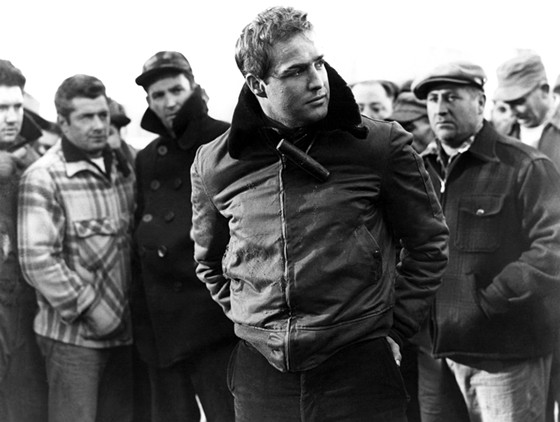
Marlon Brando was one of the greatest actors of his generation – it’s practically impossible not to agree with that. His role of Don Vito Corleone was a masterful display of his enormous acting talent. “The Godfather” wasn’t the first movie in his filmography that deals with the subject of organized crime.
“On the Waterfront,” directed by Elia Kazan, depicts an uneven fight between a self-righteous (although not from the very beginning of the film) individual, Terry Malloy (Brando), and the corrupt, mob-connected labor union ruled by the sinister Johnny Friendly (Lee J. Cobb).
It makes a great companion piece to the “The Godfather” because of Brando, who’s not the head of the mob, but a man who sacrifices everything to destroy it. The film shows the cruel effects of organized crime machinations, which influence the ordinary people who only want to work in a safe, uncorrupted environment.
4. The Funeral
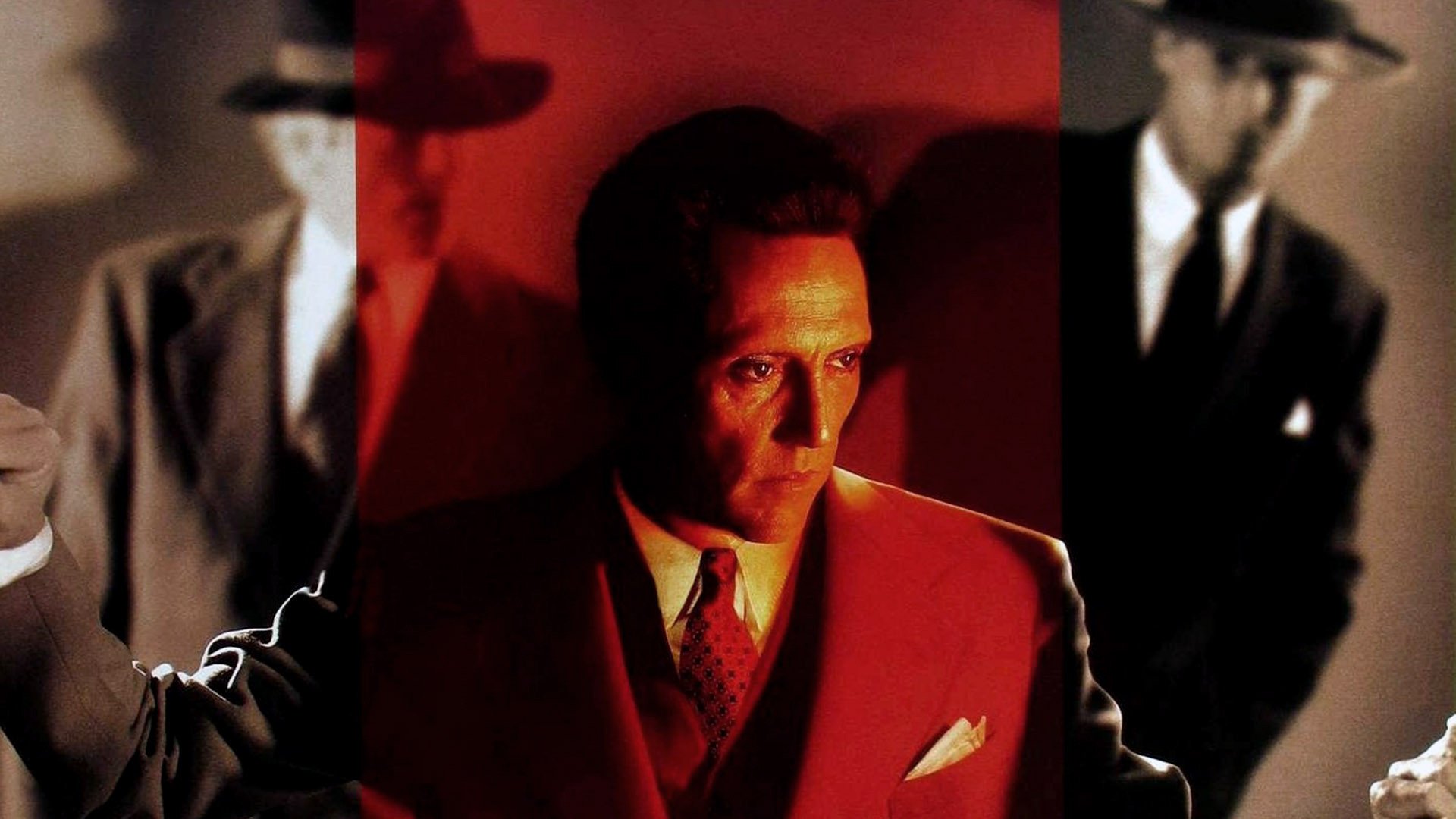
Abel Ferrara directed many great films in the last few decades, but “The Funeral” is probably his best and most mature film to this date.
The movie tells the grim story of gangster brothers who decide to avenge the killing of the youngest brother, while not having absolute certainty regarding who carried out the murder.
“The Funeral” is a far more nihilistic and violent film than “The Godfather.” The script, written by frequent Ferrara collaborator Nicholas St. John, offers a lot of twists and turns to the viewers who could handle such a pessimistic film.
Roger Ebert once said, “‘The Funeral’ is about the kinds of gangsters the Corleone family might have become, if they had all gone to college.” It’s hard not to agree with him. Dialogues exchanged between the characters of this film are highly philosophical and, just like “The Godfather,” the movie can be watched as a specific twist of the ancient tragedy scheme.
3. Scarface
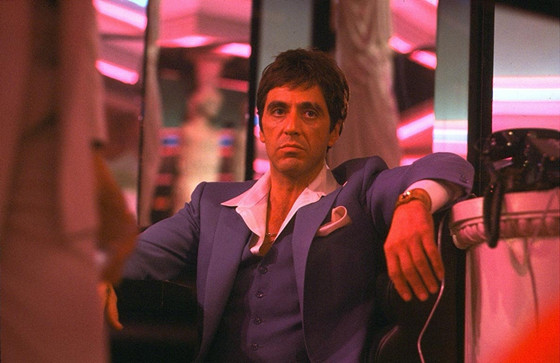
Brian De Palma’s “Scarface” is the one of the best remakes ever made. It made a flawless transition from the original film based in 1930s to the reality of the 1980s. The movie acts like a comic book version of “The Godfather”: it is a fast paced, colorful, energetic, and filled with gruesome violence tale of rise and fall of Tony Montana, a refugee from Cuba who builds a cocaine empire in Miami.
Al Pacino as Montana is a total acting blast. His character is completely different than Michael Corleone. He is foul-mouthed, violent, paranoid, amoral and reckless. On top of that, he’s a cocaine addict, which makes him a walking symbol of the American Dream, 80’s style.
Speaking of the 80s, “Scarface,” along with the TV show “Miami Vice,” is practically the best example of the neon color-laced style of this peculiar decade. A specific time in American history that cannot be compared to anything.
2. Goodfellas
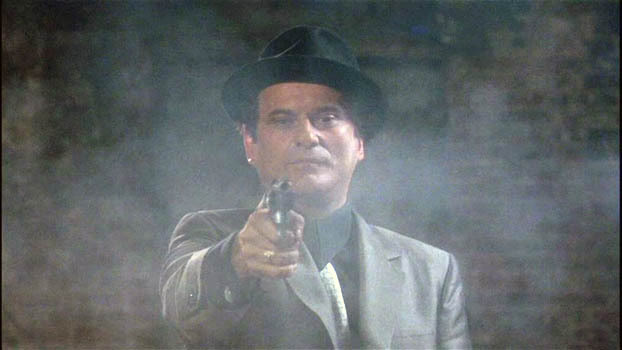
Martin Scorsese’s classic is practically an antithesis to “The Godfather.” In opposition to the almost mythological gangster characters from Coppola’s film, “Goodfellas” focuses on lowlifes, murders, junkies and thieves who operates on the rim of Italian Mafia structures. Gangsters in this movie are nothing more than greedy, foul-mouthed, and bloodthirsty yahoos without any moral compass whatsoever. If Michael Corleone would appear in it, he would be verbally abused and beaten to a pulp with a baseball bat. This is how ruthless the universe of “Goodfellas” is.
The movie is based on the nonfiction novel “Wiseguy” by Nicholas Pileggi, and it’s one of the reasons why the film is more authentic than “The Godfather,” based on Mario Puzo’s novel, which was detached from reality and tends to glorify the Mafia.
“Goodfellas” changed the way in which Hollywood depicts the Mafia and inspired the other great mob related masterpiece, the TV show “The Sopranos” (2001-2007).
1. Once Upon a Time in America
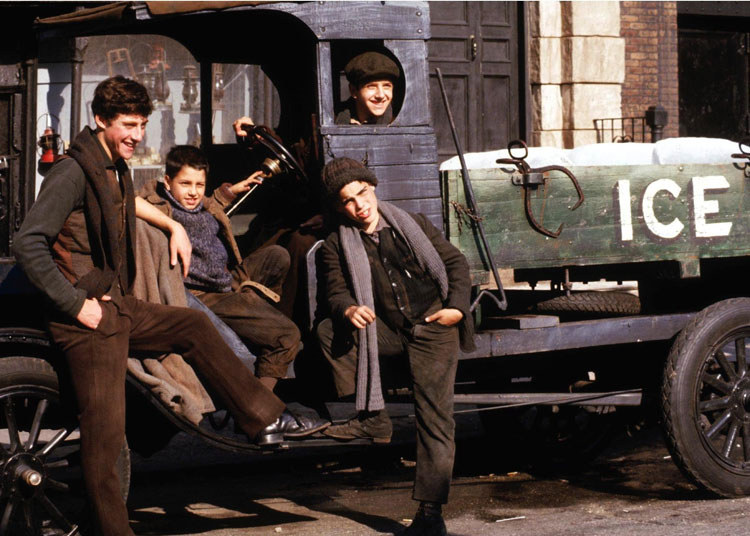
If there’s one film that exceeds “The Godfather” in terms of epicness and emotional impact, it would be Sergio Leone with undisputed masterpiece “Once Upon a Time in America.” Leone, known mostly for his atmospheric Spaghetti Westerns, created an unforgettable gangster film, based on the novel “The Hoods” by Harry Grey.
The movie depicts the rocky friendship and complicated relationships between Jewish-American gangsters from 1920s to the 1960s. The other important character of the movie is America itself, which transforms radically in the background during the passing years, exactly like David “Noodles” (Robert De Niro) and Max (James Woods).
“Once Upon a Time in America” stands as an in-depth analysis of themes likes friendship, loyalty, love, politics, violence, and what the passage of time does to people and their ideals. The film is almost four hours long, but it doesn’t feel like it, because every scene has a purpose and the visual side of the film is so rich in details that you just can’t take your eyes off the screen. The soundtrack by legendary Ennio Morricone is the very definition of eargasm and adds an specific flavor to each scene.
It’s hard to think what American company Ladd had in mind while cutting more than 90 minutes of the film and rearranging it with linear chronology, as opposed to a nonlinear flashback structure of the original European cut. They’ve hurt Leone’s vision in merciless fashion and angered the American audience, which resulted in a financial flop. Fortunately, the movie is now only available with its European original cut.